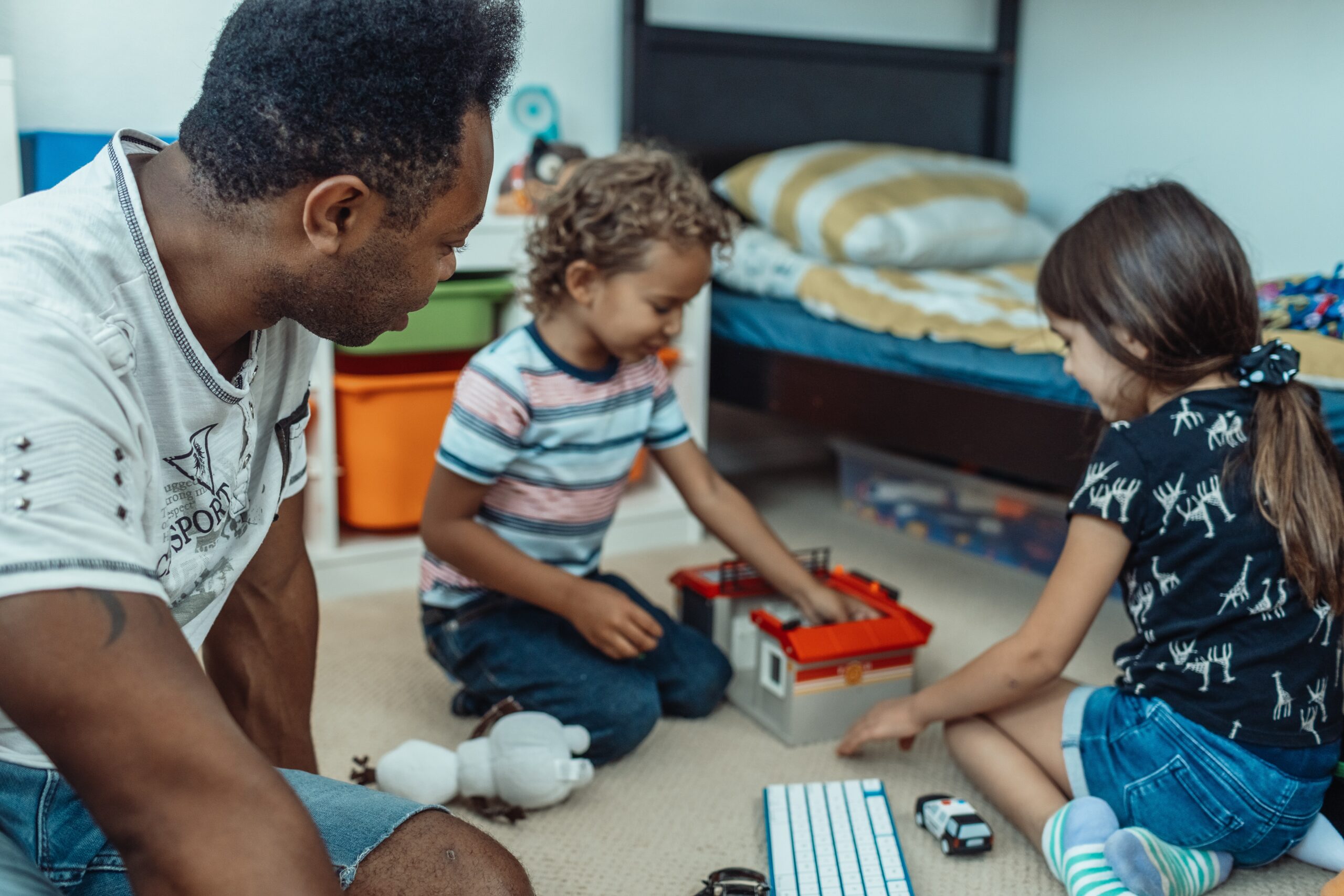Designing a child-friendly space is crucial when providing a nurturing and supportive environment for foster children. A cosy and inviting setting can help them feel safe, secure, and valued. In this blog post, we will explore various ways to design an area that feels comfortable and promotes their overall well-being.
Creating a Welcoming Entrance
The entrance sets the tone for the entire space. Consider using vibrant colours, cheerful artwork, and personalised welcome messages to make foster children feel instantly at home. Adding a coat rack or hooks for their belongings also promotes a sense of ownership and belonging. If you’re thinking about fostering in Leicester, there are loads of online resources that can help you make a child feel more welcome in your home.
Comfortable and Functional Furniture
Invest in comfortable and age-appropriate furniture that accommodates the needs of foster children. Opt for soft and cosy seating options like bean bags, floor cushions, or child-sized sofas. Ensure that furniture is sturdy, safe, and easy to clean. Functional storage solutions like colourful bins or shelves help keep the space organised and clutter-free.
Personalised Touches
Adding personalised touches to the environment can create a sense of identity and belonging for foster children. Display their artwork, certificates of achievement, or family photos to create a space that reflects their individuality. Consider creating a dedicated area, such as a bulletin board or wall, where they can proudly showcase their creations and milestones. This not only boosts their self-esteem but also reinforces that their presence is valued and celebrated.
Sensory Stimulation
Incorporating sensory elements into the space can enhance the foster child’s experience and promote their overall well-being. Soft textures like rugs or cushions provide a tactile experience, while colourful visual stimuli can create a vibrant and engaging environment. Consider introducing calming music or sounds of nature to create a soothing atmosphere.
Safe and Secure Environment
Creating a safe and secure environment is of utmost importance when designing a child-friendly space. Ensure that all furniture is anchored to prevent accidents. Cover electrical outlets and secure cords to eliminate potential hazards. Install window guards or safety gates where needed to prevent falls or accidents. Foster children need to feel physically and emotionally safe within their environment, and taking necessary safety precautions promotes their overall well-being.
Flexible Spaces
Designing flexible spaces allows foster children to engage in various activities. Consider incorporating movable furniture or partitions that can be easily rearranged to accommodate different activities or group sizes. Children can have designated areas for play, learning, and relaxation, and the adaptability of the space allows them to customise their surroundings based on their preferences.
Designing a child-friendly area for foster children needs to be a thoughtful and intentional process. By incorporating a few simple tips from the handy list above, you can create an environment that promotes their well-being, comfort, and a sense of belonging. Remember, each child is unique, and adapting the space to their individual preferences and needs can make a big difference in their foster care journey.
